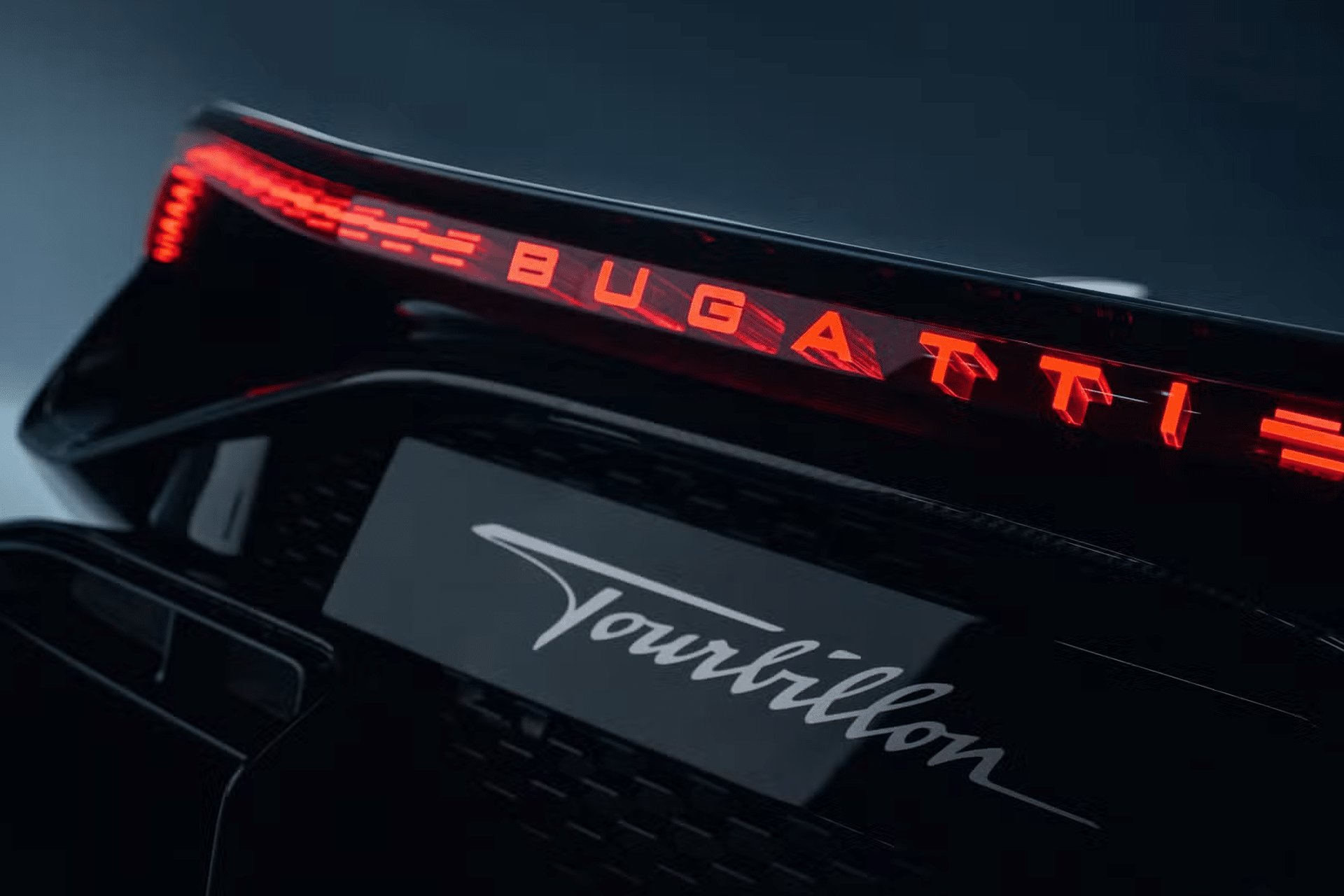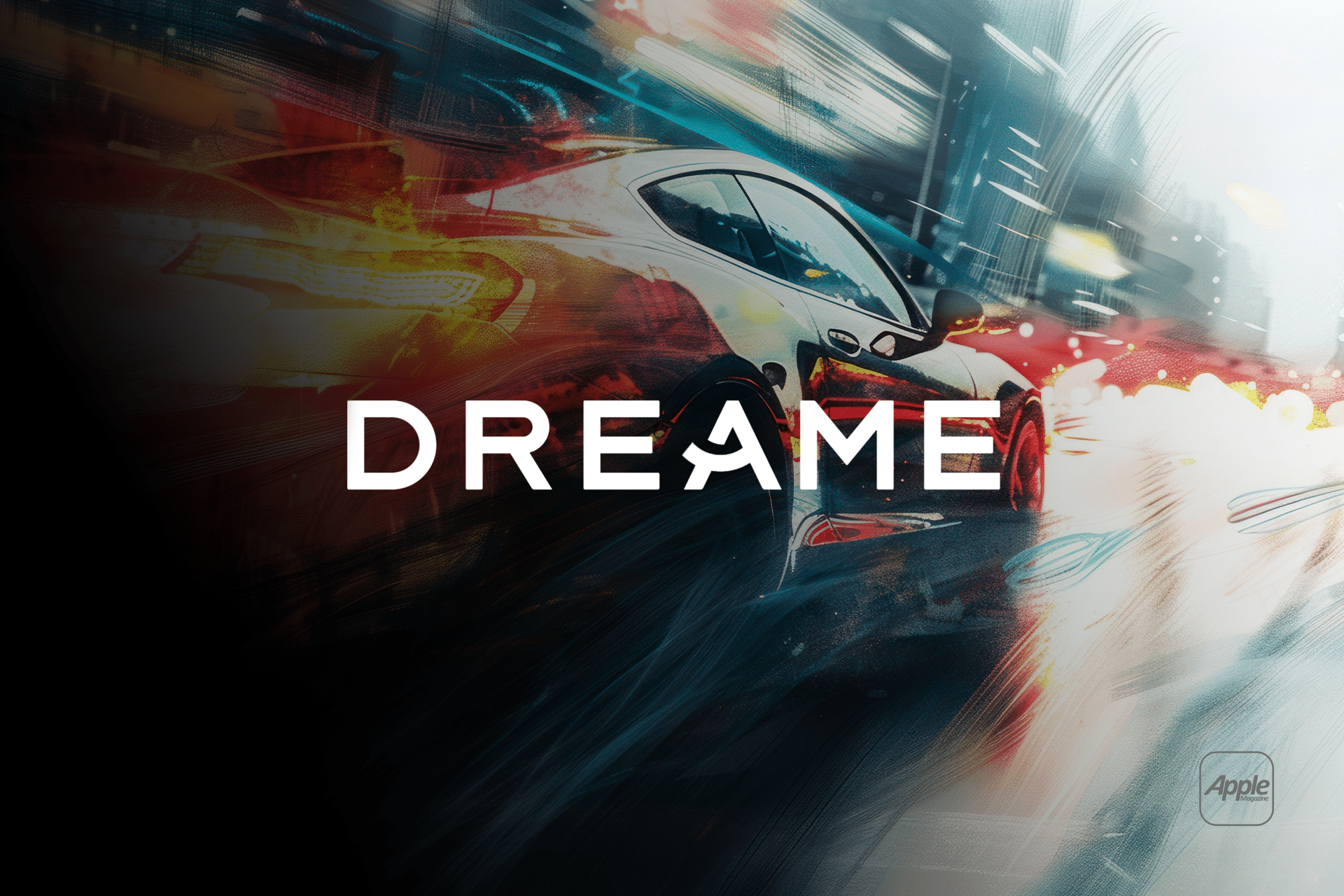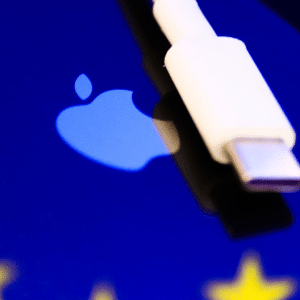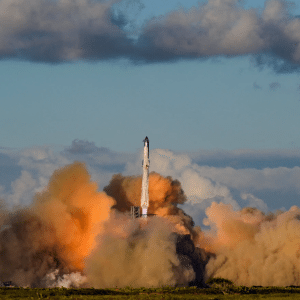The Suzhou-based company, founded in 2017 and backed by Xiaomi, is entering the electric vehicle (EV) market with an ultra-luxury electric hypercar designed to rival Bugatti’s legendary Veyron. This move marks a dramatic pivot from household appliances to automotive engineering, leveraging Dreame’s expertise in high-speed electric motors and AI-driven technologies. With a team of nearly 1,000 specialists already in place, Dreame’s ambition reflects the growing trend of Chinese tech firms—like Xiaomi and Huawei—expanding into the competitive EV space.
Dreame’s hypercar project hinges on its proprietary 200,000-rpm motor technology, originally developed for its flagship Z50 Station vacuum cleaner. Certified by Sullivan as a world-first achievement, this high-speed digital motor is expected to power the hypercar’s electric drivetrain, promising unprecedented performance. While specific technical details remain undisclosed, the company claims its dual-track development strategy—blending rapid consumer tech innovation with automotive-grade standards—will deliver a vehicle capable of challenging established hypercar benchmarks. Dreame’s CEO, Yu Hao, emphasized this vision in an internal letter, stating, “Our dream is to create the fastest car in the world,” underscoring a fearless approach to innovation.
The hypercar will also integrate advanced AI systems, including a companion that adapts to the driver’s habits, preferences, and emotional states, offering a near-human voice interaction. This technology, rooted in Dreame’s work on vision recognition and path-planning for robot vacuums, aims to create a seamless ecosystem connecting the car to smart homes and mobile devices.
The Race to be Number One
Dreame’s choice of Bugatti’s Veyron as a benchmark is bold but curious, given that Bugatti hasn’t produced the Veyron in over a decade, focusing instead on the Chiron and the new V16-powered Tourbillon. The current production car speed record is held by the SSC Tuatara at 474.8 km/h (295 mph), while the Bugatti Chiron Super Sport 300+ hit 490.48 km/h (304.77 mph) in a 2019 prototype run. More recently, the BYD YangWang U9 Track Edition claimed the fastest EV title at 472.41 km/h (293.54 mph) in August 2025. Dreame’s claim to build the “world’s fastest car” implies targeting speeds beyond these figures, a monumental challenge for a company with no prior automotive experience.
The hypercar market is fiercely competitive, with established players like Rimac, Koenigsegg, and Ferrari dominating the electric and hybrid segments. Rimac’s Nevera R, for instance, accelerates from 0-60 mph in 1.7 seconds with a top speed of 267 mph, while the McMurtry Spéirling holds the acceleration record at 1.55 seconds. Dreame’s lack of automotive pedigree could hinder its ability to compete, especially in convincing wealthy buyers accustomed to legacy brands.
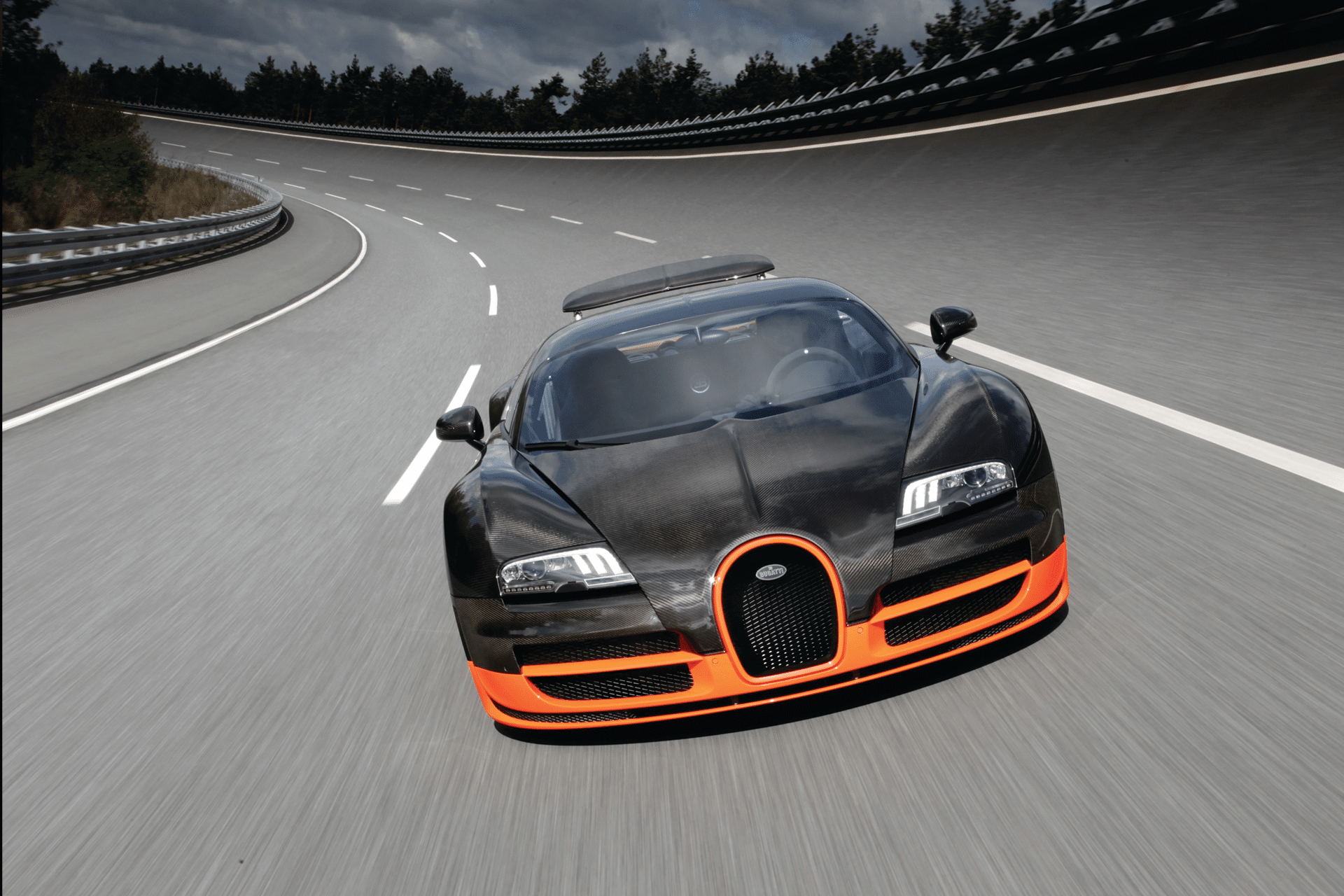
China’s EV Ecosystem
Dreame is not starting from scratch. The company plans to tap into China’s robust EV supply chain, which has propelled brands like BYD and NIO to global prominence. With over 6,300 patents filed by 2024, many related to EV-relevant technologies like motor efficiency and AI, Dreame has a technical foundation to build upon. Its global retail network, spanning 100 countries with 6,000 centers and 30 million customers, provides a platform for brand recognition. To bolster its automotive division, Dreame has recruited executives from established carmakers, focusing on R&D, production, and quality control, signaling a serious commitment to the project.
However, the leap from consumer electronics to hypercars is fraught with challenges. Dyson’s failed attempt to build an electric crossover in 2019, despite significant investment, serves as a cautionary tale. Regulatory hurdles, particularly in markets like Europe and the U.S., demand rigorous safety and emissions compliance, while building a reliable supply chain for batteries and motors adds complexity.
Dreame’s vision extends beyond speed, aiming to redefine ultra-luxury through intelligent design. The hypercar’s AI-driven features, such as emotional recognition and smart home integration, position it as a “software-defined vehicle,” a growing trend in the EV industry. Unlike Bugatti’s focus on raw power and craftsmanship, Dreame emphasizes connectivity and personalization, potentially appealing to tech-savvy buyers. The company’s teaser image suggests a sleek, aerodynamic silhouette, though it’s unclear if this reflects the final design. If successful, Dreame could carve a niche in a market where traditional luxury brands like Bugatti and Bentley have been slower to embrace full electrification.
The Road Ahead
With a 2027 debut looming, Dreame faces a tight timeline to develop a vehicle that matches its lofty promises. Producing a prototype is one thing; delivering a production-ready hypercar that meets global standards and wins over affluent buyers is another. The company’s determination, backed by China’s manufacturing prowess and its own technological expertise, gives it a fighting chance. Yet, the hypercar market’s exclusivity and high stakes mean Dreame must deliver not just speed but also credibility. Whether it can “depose” Bugatti or join Dyson in the realm of ambitious failures remains to be seen, but the project is a testament to the blurring lines between tech and automotive innovation.
